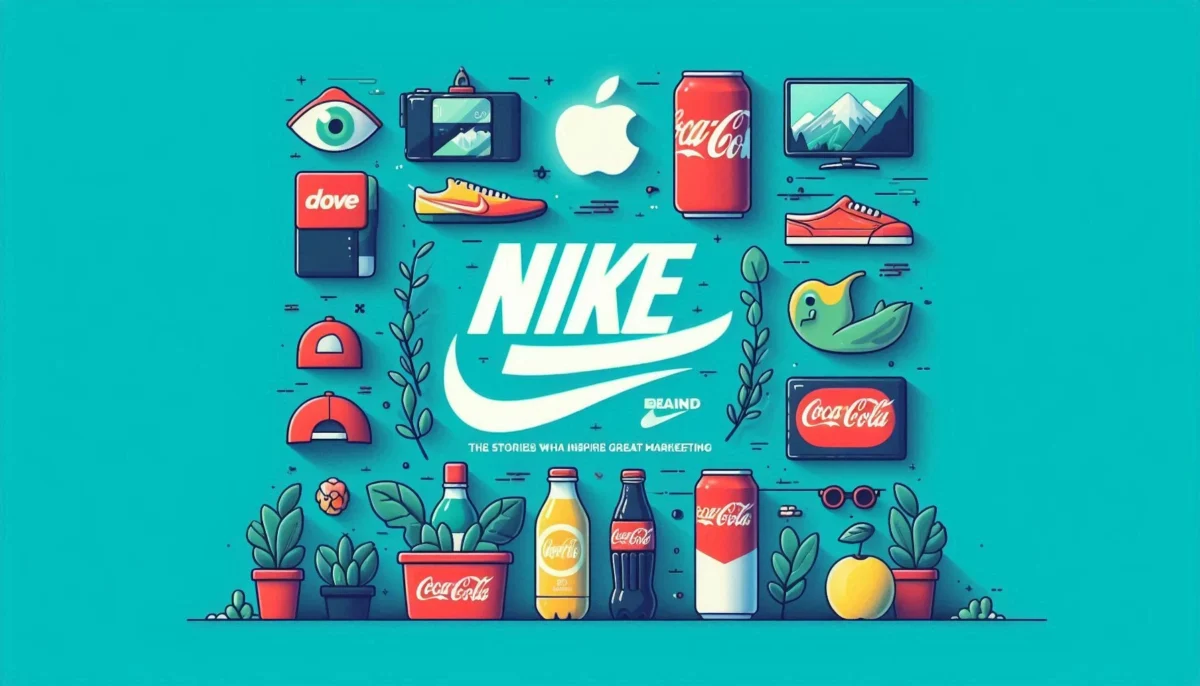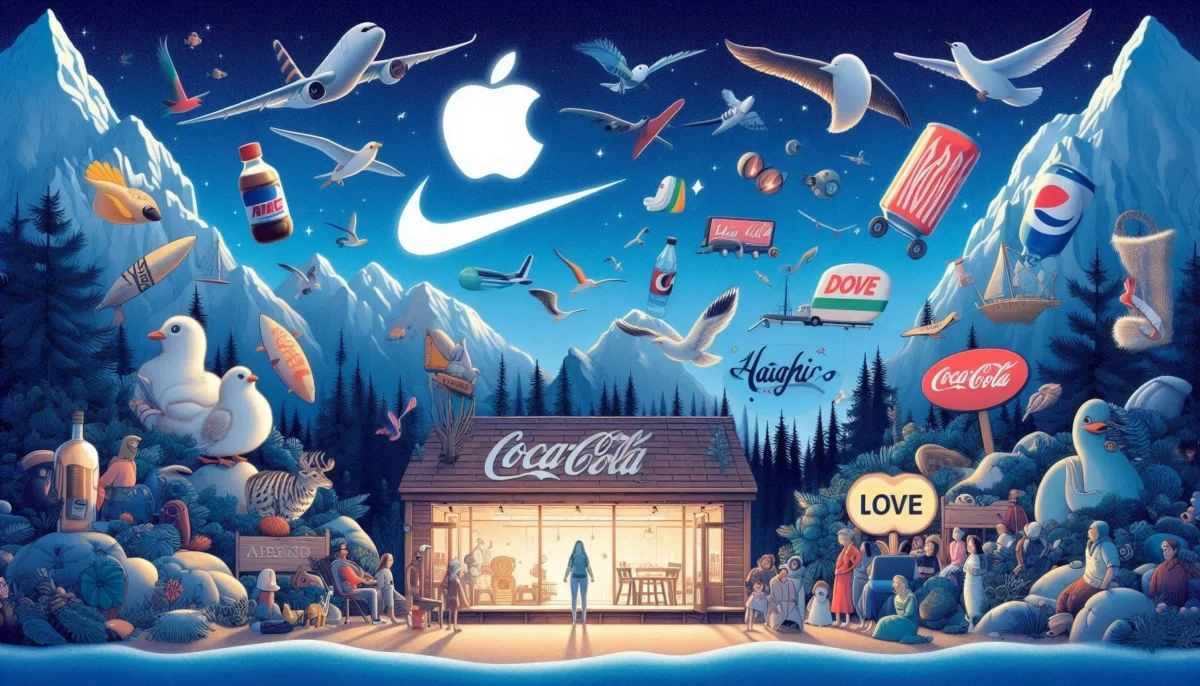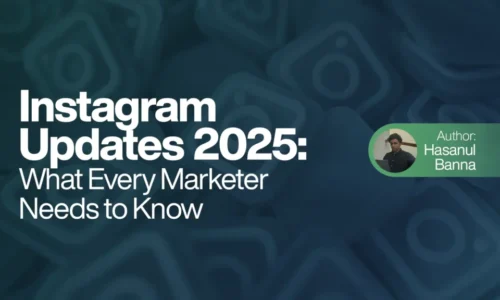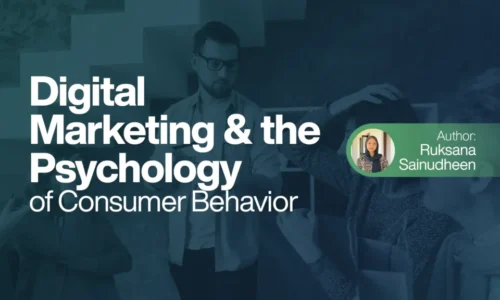Behind the Brand: The Stories That Inspire Great Marketing
One thing that has come out or stuck in my mind from digital marketing is that the most successful brands in the marketplace do not just sell products or services but tell stories, with the capability of connecting, inspiring, and motivating people.. They help achieve the very basic purpose of brands – a shared experience between brands and their audience. An exemplary customer for life turns into an enthusiastic advocate of a brand. Today, through this blog, I will explore some exemplary brands that have successfully used storytelling to enhance their marketing efforts. We will go deeper into the stories themselves and figure out what we can carry away to use in our own marketing campaigns.
Table of Contents

Marketing Health Beat: How to Understand Brand Storytelling
Now, let’s begin by getting to know what brand storytelling is all about before being specific regarding different brands. Brand storytelling speaks about the most appealing way possible in relation to the mission, values, and personality of any brand by weaving narratives around them. It is not about the presentation of information but more of how to strike an emotional appeal and connect with the audience.
In line with the above statement, sharing a brand’s story-whatever form that may take-from telling its origin, to its mission, or contribution to society as a whole-opens the possibility of allowing consumers to become part of that story. It could provide loyalty, shape the consumer’s purchase decision-making process, and give this brand a sense of belonging.
Nike: The Force of Endurance
Perhaps no brand tells the story as well as Nike. Their “Just Do It” campaign, launched in 1988, reads like a book of motivation and determination. The strength of Nike actually lies, not in these themes, but in the stories of the athletes as represented by the brand.
The Story of the Athlete
Nike gives a different kind of gift: showing the struggles and achievements of athletes from walks of life. Be it sports stars or the people committed to fitness, personal struggles stand out in Nike’s many perseverance ads – how an individual could actually conquer all hurdles and be at the top. Brands do not sell shoes; they sell dreams of athletic achievement and self-improvement.
For instance, the Colin Kaepernick ad-a very strong ad. The campaign sparked a lot of debate really speaking to audiences that have sensitivity to authenticity and guts. Kaepernick’s story is as much about football as it is about standing up for one’s beliefs and whatever personal sacrifice this makes necessary.And that is precisely what hits at the heart of Nike’s values about reassertion and inspiring the consumer to take a stand for social justice.
Lessons for Marketers
Nike teaches us a few essential lessons here:
- Emotional Connection: Connect with your audience on an emotional level. Understand what they care about and tailor a story that resonates with them.
- Authenticity: Stick to your brand values. If your brand is not authentic, the consumer does not believe it.
- Diversity of Voices: Include diverse stories in your marketing. This is not only how you will reach more people but also tell what value a more inclusive society holds.
Apple: Creativity and Identity
We are thinking of the latest technology and contemporary design when we say Apple. But if the story of this brand is so engrossing in its products, then it really does a great job in forming an identity
The Cult of Apple
A lot of what Apple has done in this regard is build a story around its brand that puts it as the business for innovators and creative thinkers.The “Think Different” campaign, launched in the late 1990s, featured iconic figures like Albert Einstein and Martin Luther King Jr. By associating itself with visionaries, Apple didn’t just market its products—it marketed a mindset.
The launch events for new products have become cultural phenomena, generating excitement and anticipation. These events are not just about unveiling new technology; they tell a story of progress, creativity, and community. Apple invites its audience to be part of a movement, creating a sense of belonging.
Lessons for Marketers
Apple’s story imparts important lessons:
- Create a Brand Identity: Your brand should stand for something. Define your values and ensure they resonate throughout your messaging.
- Build Community: Foster a sense of belonging among your audience. When consumers feel part of a community, they are more likely to remain loyal.
- Embrace Innovation: Don’t be afraid to break the mold. Innovative marketing strategies can set you apart in a crowded marketplace.
Dove: Redefining Beauty
Dove’s “Real Beauty” campaign is a remarkable example of how storytelling can challenge societal norms. Launched in 2004, the campaign aimed to celebrate real women of all shapes, sizes, and backgrounds.
The Journey of Self-Acceptance
Dove’s narrative revolves around self-esteem and body positivity. By showcasing real women instead of models, Dove challenges conventional beauty standards and encourages women to embrace their true selves. The campaign has sparked conversations about beauty, self-acceptance, and the pressure women face to conform to unrealistic ideals.
Powerful imagery and heartfelt testimonials urge people to move toward body positivity in the advertising world. This is much more than an awareness-generating cause for Dove; it is the mission of the brand.
Lessons for Marketers
Dove advises:
- Challenge Norms: Stop caring and take a stand. Rebellious brands create talk.
- Share Real Stories: The mass is interested in your true experiences or stories that resonate with them. Real stories make deeper connections.
- Reside by Your Values: That means you focus on ensuring your marketing efforts remain in step with your brand’s mission. Being constantly congruent in messaging builds trust.

Airbnb: Live Anywhere
The Airbnb story reads well with belonging: a platform founded in 2008 under the premise to connect travelers with locals who had spare rooms; however, it has grown into a world community.
Community and Relationship
The marketing focus of Airbnb is stories of the hosts and of travelers. In extolling the experiences which lie within somebody else’s home instead of the lazy, sterile hotel room, the company has built an emotional tie through the personal stories from both the hosts and guests.
The “Live There” campaign encourages the more immersive experience the traveller has with local culture and experiences. This obviously will resonate and connect with people seeking authenticity in their travels, therefore plating Airbnb as a brand that values connexion over mere transaction.
Lessons for Marketers
Airbnb teaches us important lessons:
- Create Authentic Experiences: Focus on what makes your offering unique. Highlight the experiences that set you apart from competitors.
- Create Community: Build up your brand community. Interaction with the audience will give them a feeling of belonging to the community.
Use real-life customers’ testimonials and stories to create authenticity in marketing. This can help enhance credibility and trust.
Coca-Cola: The Magic of Happiness
From the first day, Coca-Cola has symbolized gaiety and togetherness, fun and enjoyment. The company could integrate storytelling very successfully within its marketing communications for more than many decades; the brand became a part of any celebration as well as messages of joy.
The Joy of Togetherness
Coca-Cola’s “Share a Coke” campaign, when names appeared on bottles instead of the brand name, is just one fine example of personal marketing. It helped consumer-reach their bottles or find one on loved ones’ bottles through joy and attachment.
Another significant campaign Coca-Cola initiated for holidays is: heartwarming moments of family gatherings and celebrations, evoke nostalgia and reinforce the idea of sharing happiness with others.
Lessons for Marketers
Coca-Cola’s narrative imparts essential lessons:
- Focus on Emotions: Tap into the emotions that resonate with your audience. Happiness, nostalgia, and connection are powerful motivators.
- Personalization Matters: Tailor your marketing efforts to create a personal connection with consumers. Personalized experiences can enhance engagement.
- Celebrate Moments: Align your brand with significant life moments. This can strengthen the emotional connection with your audience.
Patagonia: Activism as a Brand Story
Patagonia is more than just an outdoor clothing brand; it’s a movement dedicated to environmental activism. The company’s commitment to sustainability and social responsibility is woven into its narrative.
Environmental Stewardship
Patagonia’s “Don’t Buy This Jacket” campaign, which encouraged consumers to consider the environmental impact of their purchases, is a powerful statement. By urging consumers to buy less, Patagonia showcases its commitment to sustainability while reinforcing its brand identity.
The brand’s dedication to environmental causes resonates with its audience, creating a loyal following of consumers who share similar values. Patagonia’s storytelling isn’t just about selling products; it’s about promoting a lifestyle and mindset.
Lessons for Marketers
Patagonia teaches us several critical lessons:
- Align with Values: Ensure your brand’s mission aligns with social or environmental causes that resonate with your audience.
- Encourage Conscious Consumerism: Promote responsible consumption. Brands that advocate for meaningful change can foster loyalty.
- Be Transparent: Authenticity matters. Transparency in your brand’s practices builds trust with consumers.
- Warby Parker: Disrupting an Industry
Warby Parker disrupted the eyewear industry with its innovative approach to selling glasses. The brand’s story is rooted in social responsibility and customer-centricity.
A Mission-Driven Model
Founded with the goal of providing affordable eyewear while also giving back, Warby Parker donates a pair of glasses for every pair sold. This mission is central to the brand’s identity and resonates deeply with socially conscious consumers.
Warby Parker’s marketing emphasizes the joy of finding the perfect pair of glasses while also highlighting its commitment to making a difference in the world.
Lessons for Marketers
Warby Parker’s story offers valuable insights:
- Innovate for Good: Look for opportunities to disrupt your industry while making a positive impact. Mission-driven brands can resonate with consumers.
- Emphasize Customer Experience: Prioritize a seamless customer experience. Warby Parker’s home try-on program exemplifies how to enhance customer satisfaction.
- Make Social Impact Central: Integrate social responsibility into your business model. Consumers appreciate brands that give back.
- Lessons Learned: Crafting Your Own Brand Story
As we explore these brands, it becomes clear that storytelling is a powerful tool in digital marketing. Here are some key takeaways for crafting your own brand story:
Identify Your Core Values: Start by defining what your
Conclusion
As we explore these remarkable brands, it’s clear that storytelling is a powerful tool in digital marketing. Each of these companies has successfully crafted a narrative that resonates with their audience, elevating their brands beyond mere products or services.
By embracing authenticity, emotional connections, and a commitment to values, they’ve built loyal communities and inspired consumers to join their journeys. As a digital marketing student, the lessons gleaned from these stories are invaluable.
Author Info
Aysha Marha, a Digital marketing expert in Calicut.
Learner of CDA Digital Marketing Training in Calicut.



